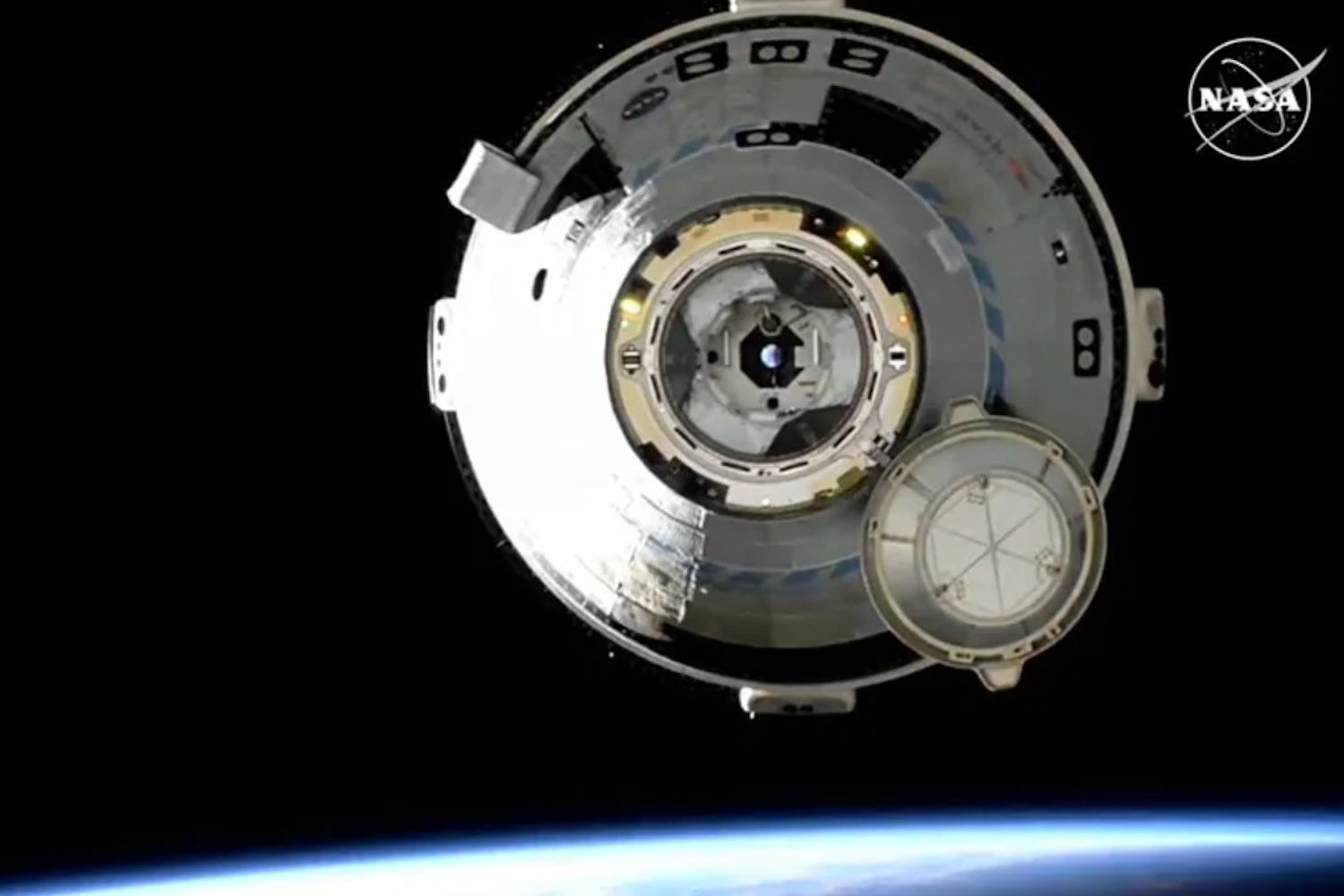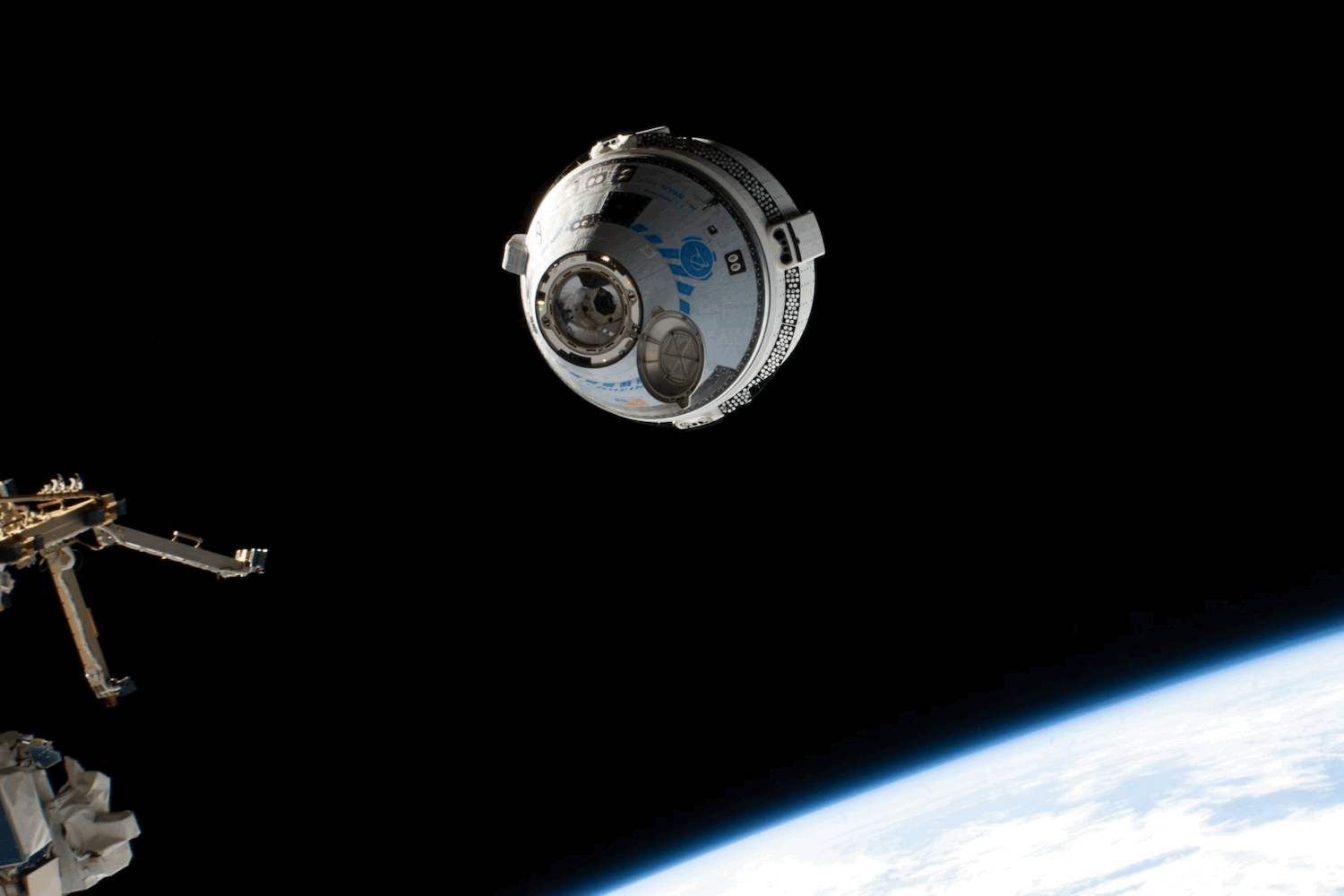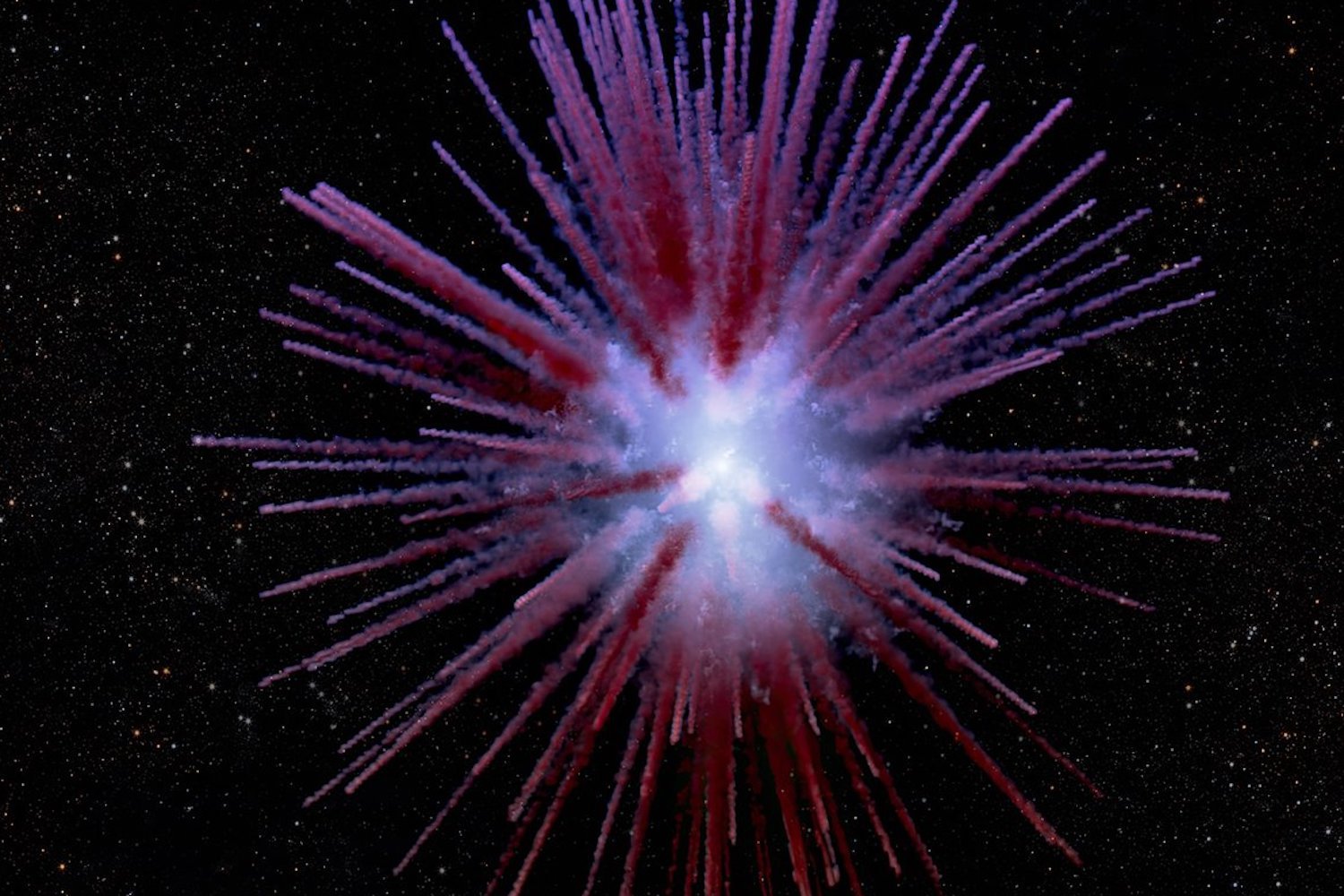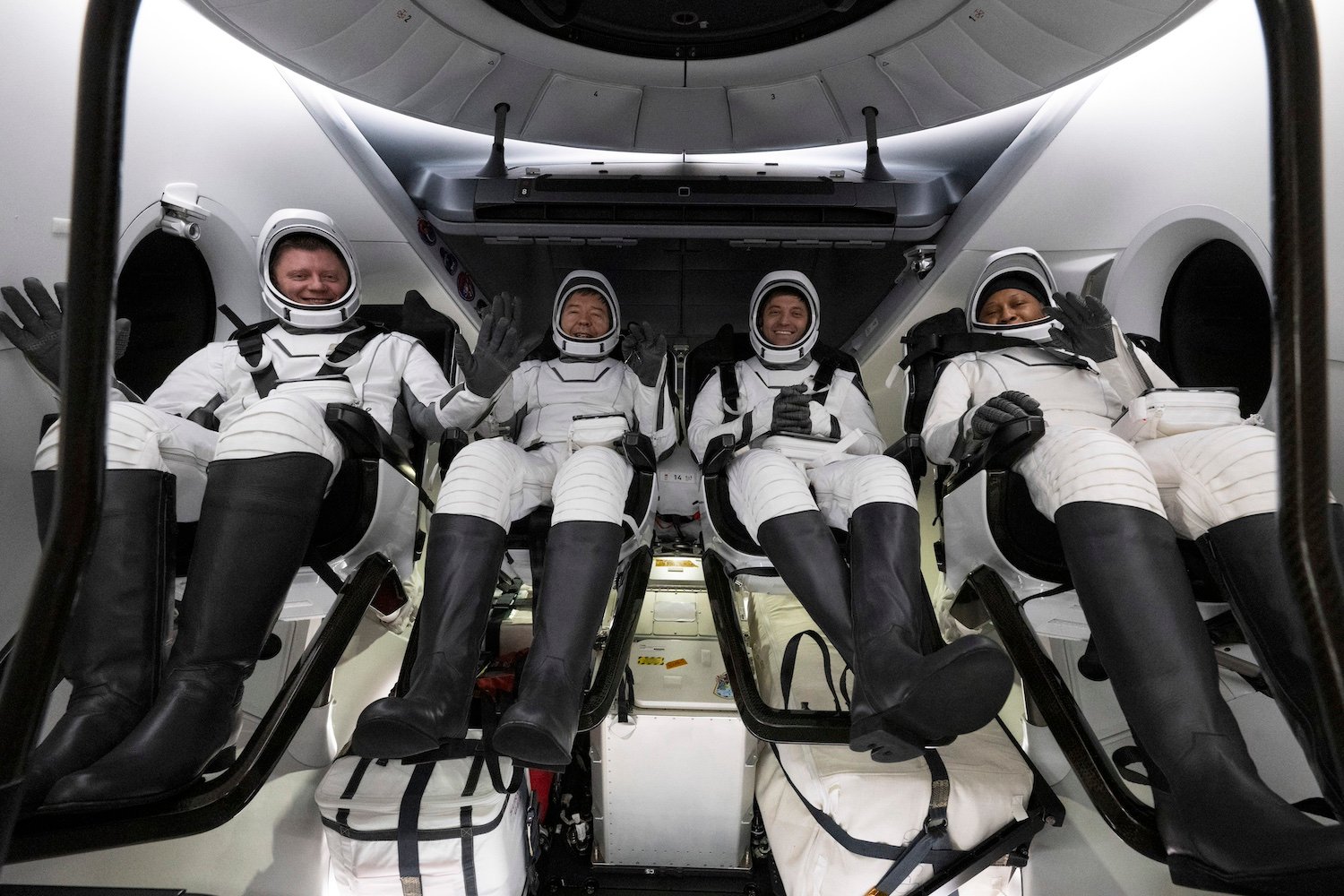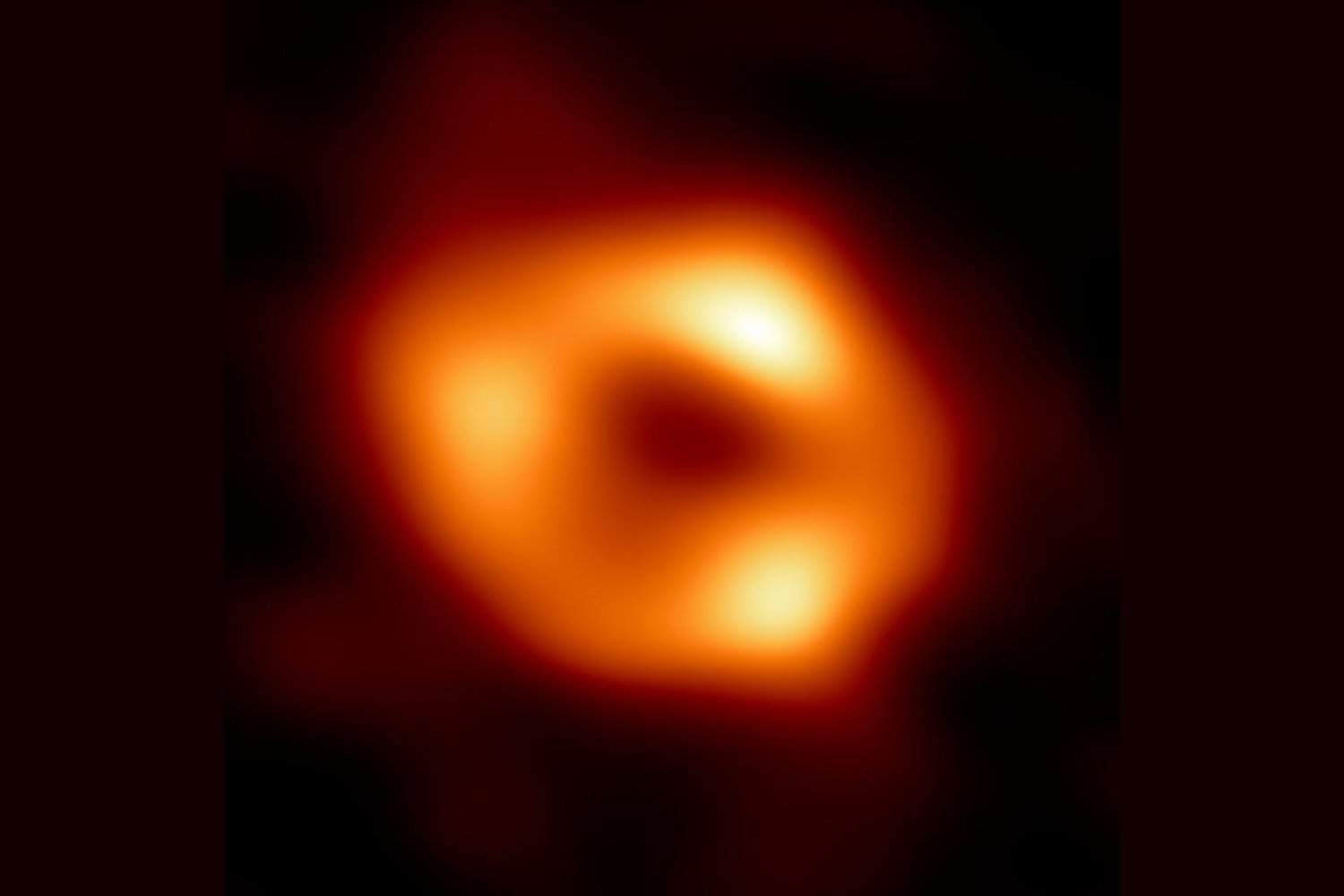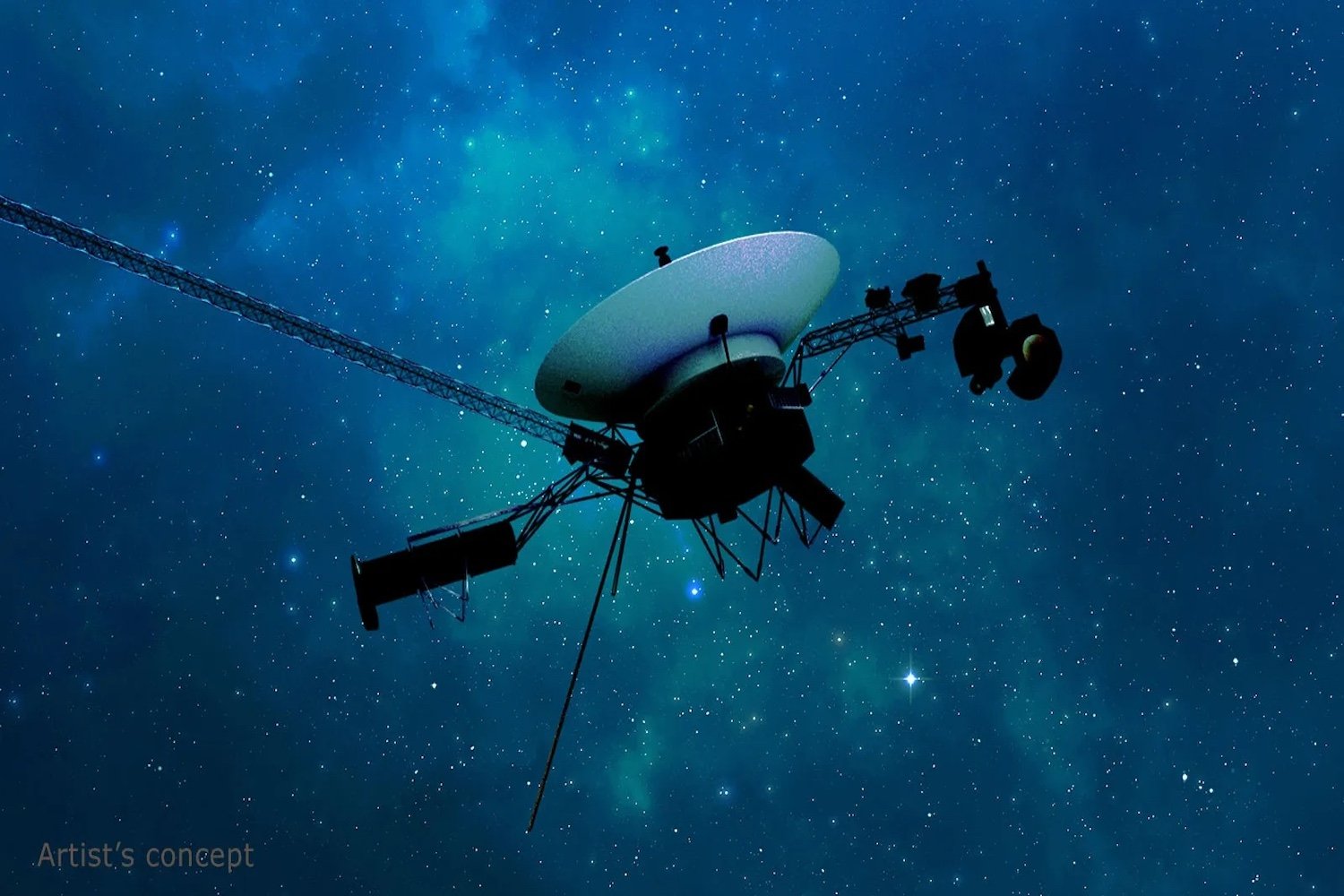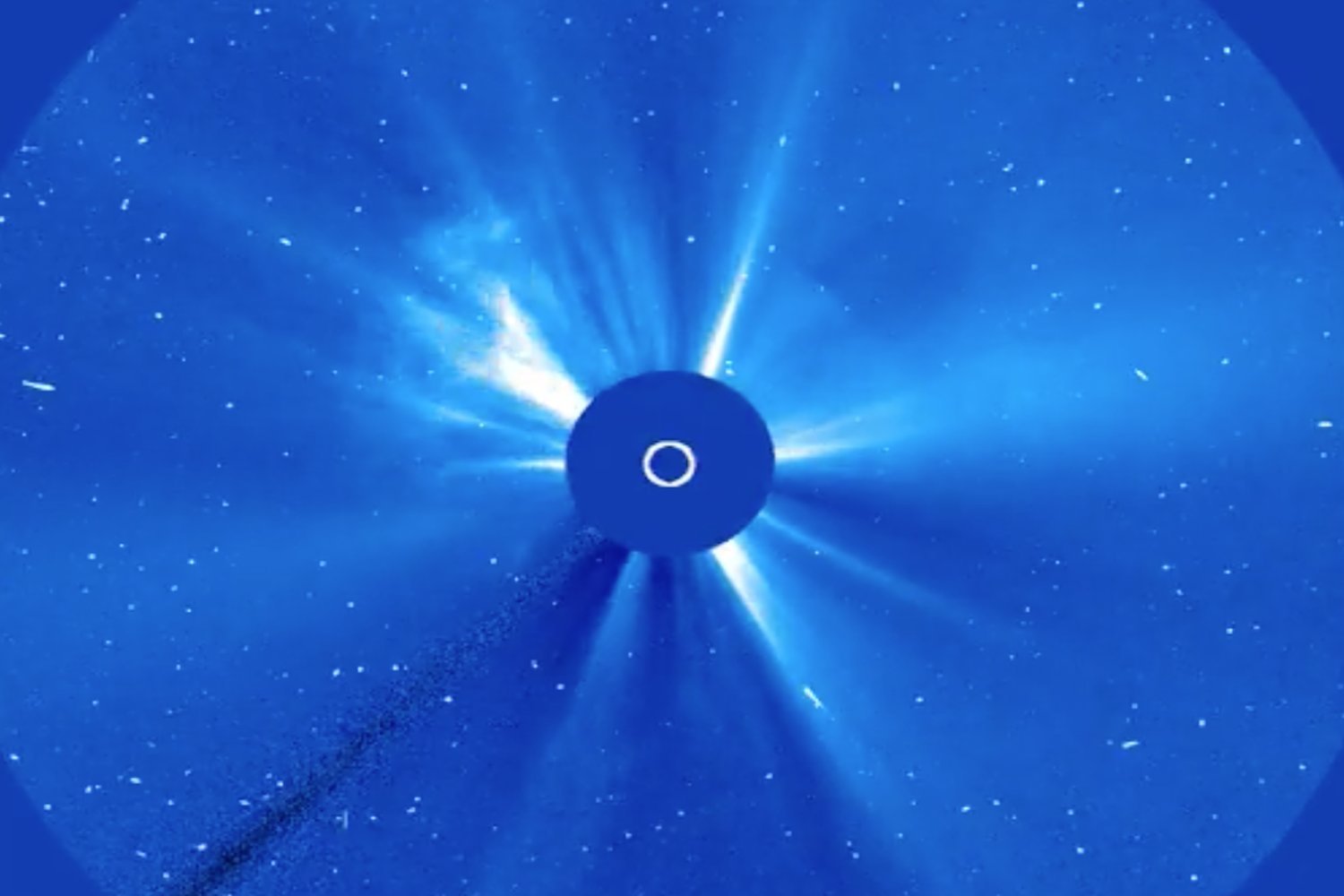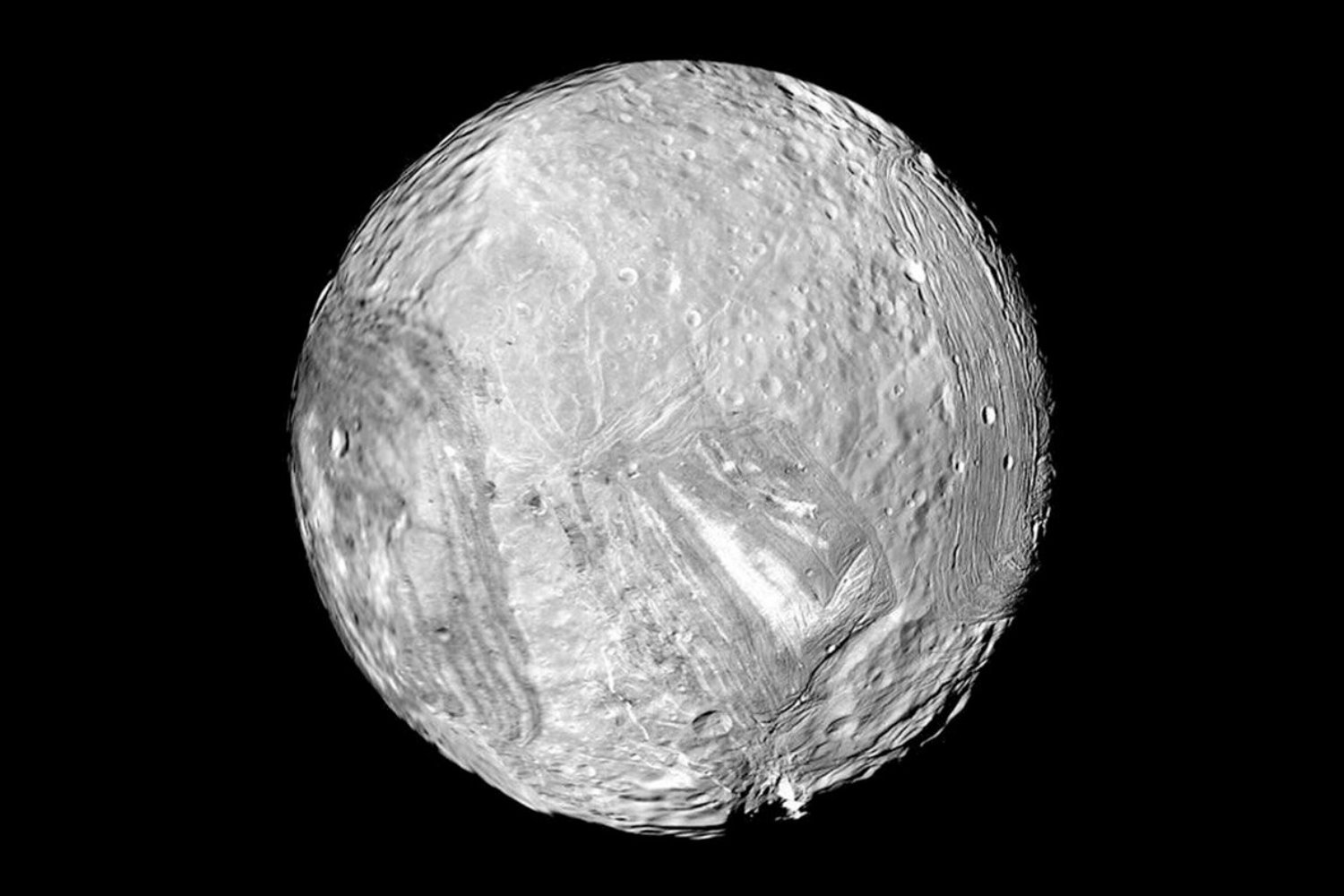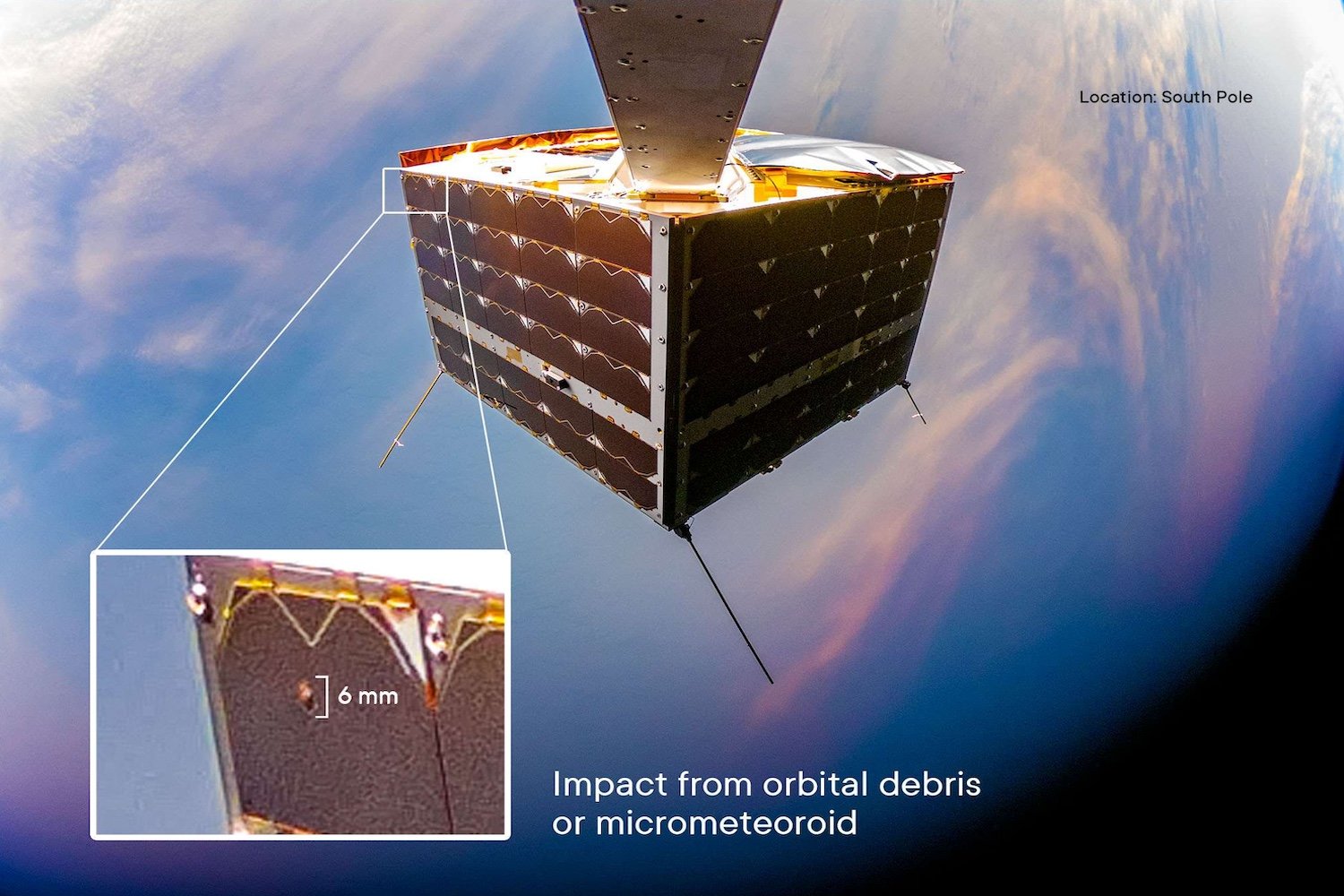Boeing’s Starliner program continues to struggle, incurring another significant financial setback. The company announced a $250 million charge in the third quarter, bringing the total self-funded cost overruns to a staggering $1.85 billion. This latest setback raises serious questions about the program’s future and Boeing’s commitment to human spaceflight.
During a recent earnings call, Boeing CEO Kelly Ortberg revealed a $6 billion overall loss for the third quarter, including the additional Starliner charge. This comes on top of a previous $125 million charge related to the program’s partnership with NASA. The mounting costs are putting immense pressure on Boeing as it grapples with technical challenges and delays.
Starliner’s Troubled Journey
Boeing’s CST-100 Starliner, envisioned as a reliable crew transport vehicle, has faced a series of setbacks. The latest occurred during a crewed test flight to the International Space Station (ISS) in June. Carrying NASA astronauts Butch Wilmore and Sunni Williams, the mission encountered several critical issues, including multiple thruster failures and helium leaks.
After a three-month stay docked to the ISS, mission control made the difficult decision to return the astronauts on SpaceX’s Dragon spacecraft. Five of Starliner’s thrusters malfunctioned during the mission, and while some helium leaks were detected before launch, others developed in orbit. Extensive ground testing failed to pinpoint the root cause of the thruster issues, ultimately leading to the decision to return the spacecraft uncrewed.
NASA Delays and SpaceX’s Success
The failed test flight forced NASA to postpone Starliner’s next scheduled mission, opting instead to book two additional SpaceX crew flights for 2025. While NASA had hoped for Starliner’s first operational mission by early next year, the agency is now relying on its more consistently successful commercial partner, SpaceX.
Wilmore and Williams, along with SpaceX’s Crew-9, are now scheduled to return to Earth in February 2025, extending their mission from the planned one week to eight months. This extended stay highlights the disruptive impact of Starliner’s delays on NASA’s mission planning.
Boeing’s Dilemma: Persevere or Abandon?
Boeing faces a critical decision regarding Starliner’s future: continue investing despite escalating costs or terminate the program altogether. Ortberg hinted at the company’s internal deliberations during the earnings call, emphasizing the need for focus and efficiency. While Boeing’s core businesses remain commercial airplanes and defense systems, the future of its space program hangs in the balance.
Under the original $4.2 billion NASA contract, Boeing retains full ownership of Starliner, with NASA purchasing missions as a customer. This arrangement exposes Boeing to significant financial risk in the event of cost overruns and delays. Compared to SpaceX’s rapid progress, with nine successful crew launches to the ISS, Boeing’s struggles are even more stark.
Starliner’s Uncertain Future
The CST-100 Starliner, inspired by Boeing’s legacy in human spaceflight dating back to the Apollo program, has faced numerous hurdles since its inception in 2010. Cost overruns, technical issues, and repeated delays have plagued the program, raising doubts about its long-term viability. While Boeing appears reluctant to abandon its troubled spacecraft, the company must carefully weigh the financial and reputational costs of continuing the program against the potential benefits of eventual success. The future of Starliner remains uncertain, with the company yet to announce its final decision.



